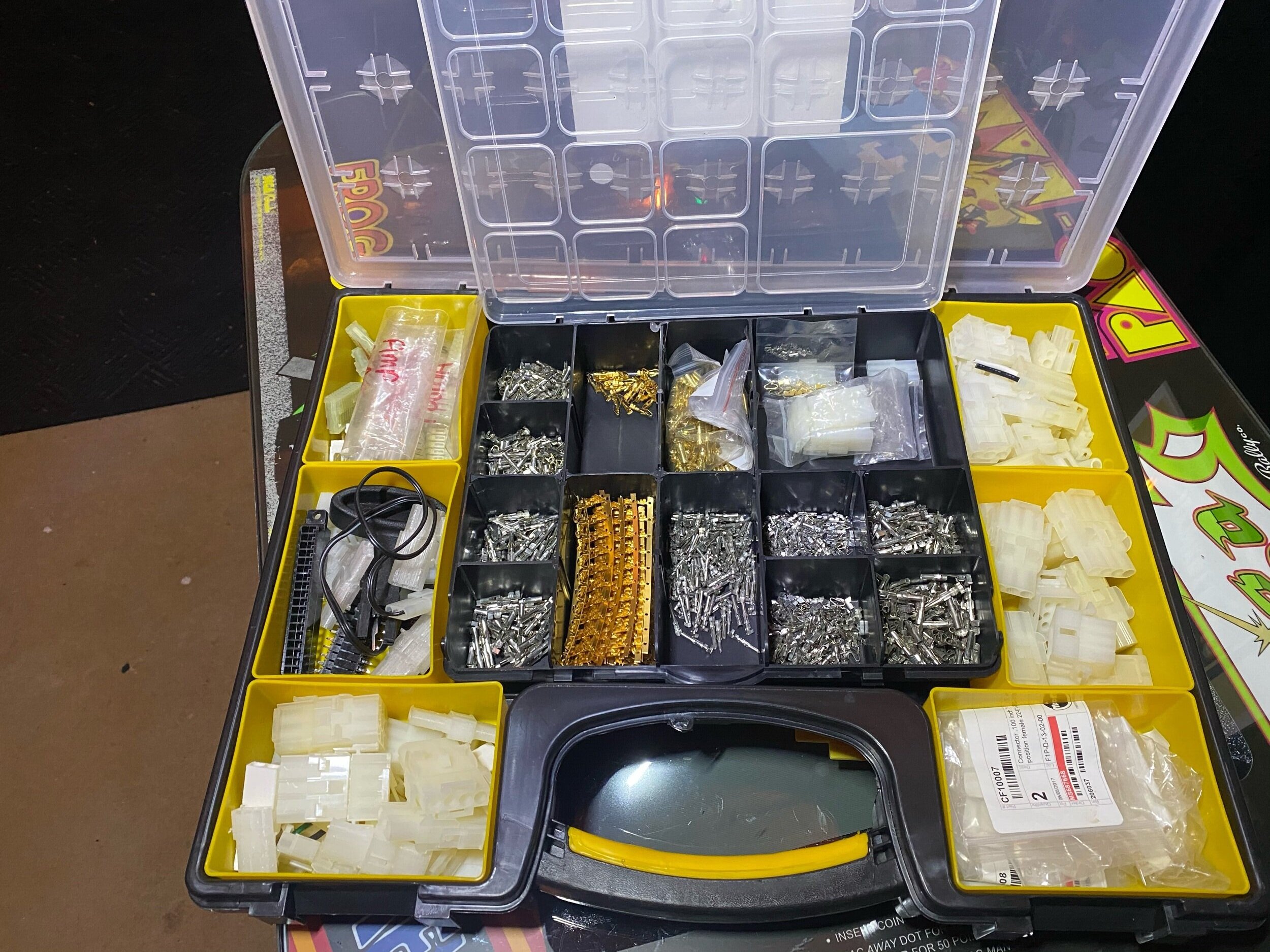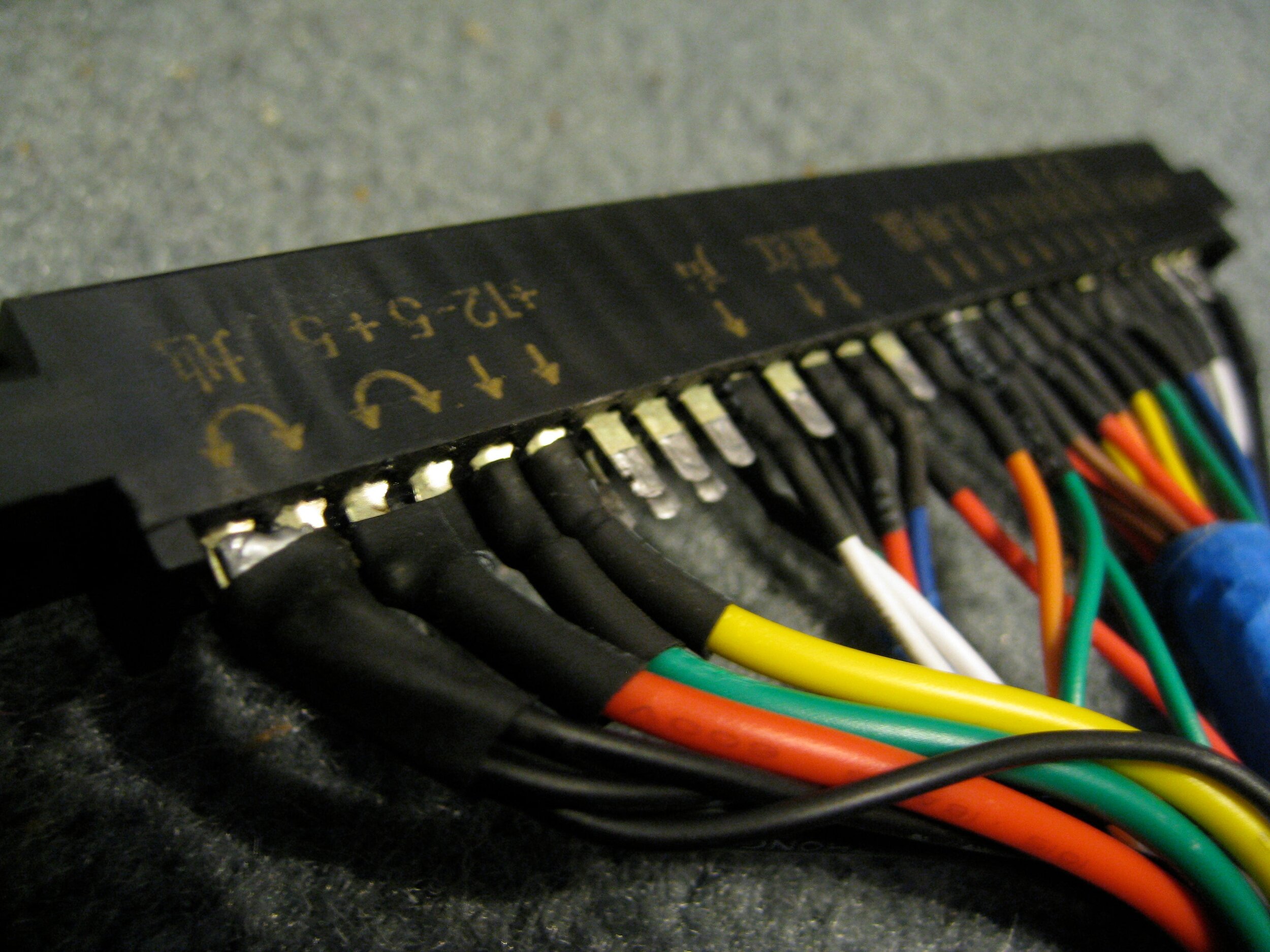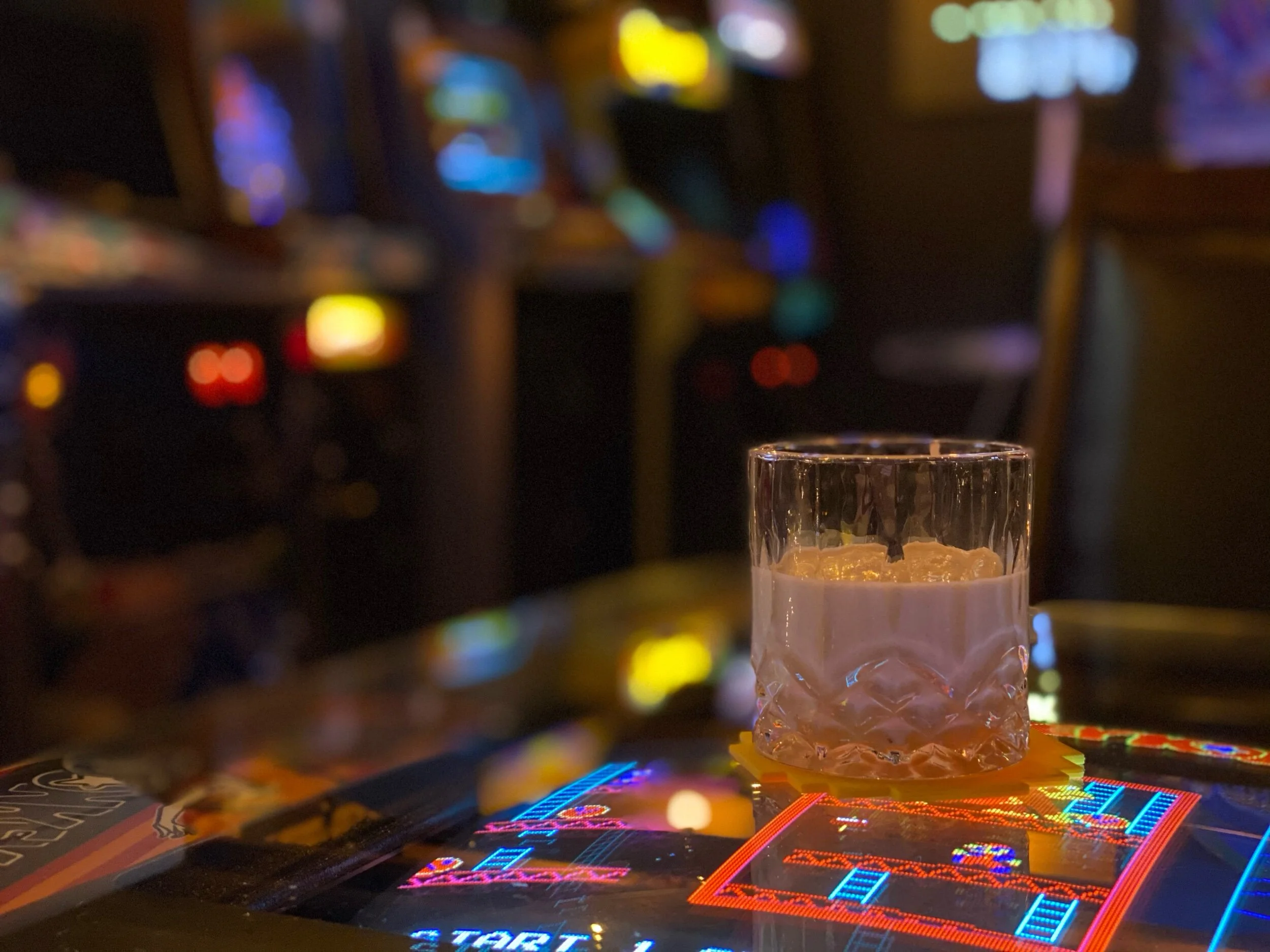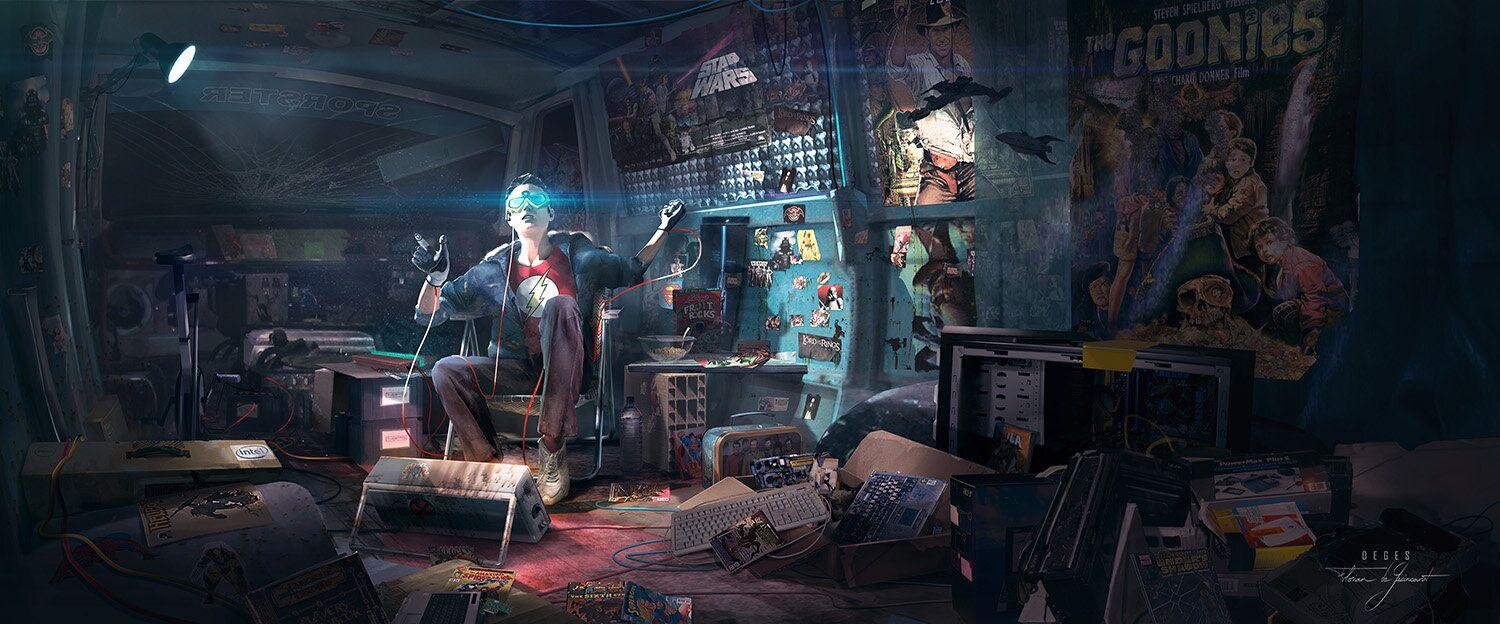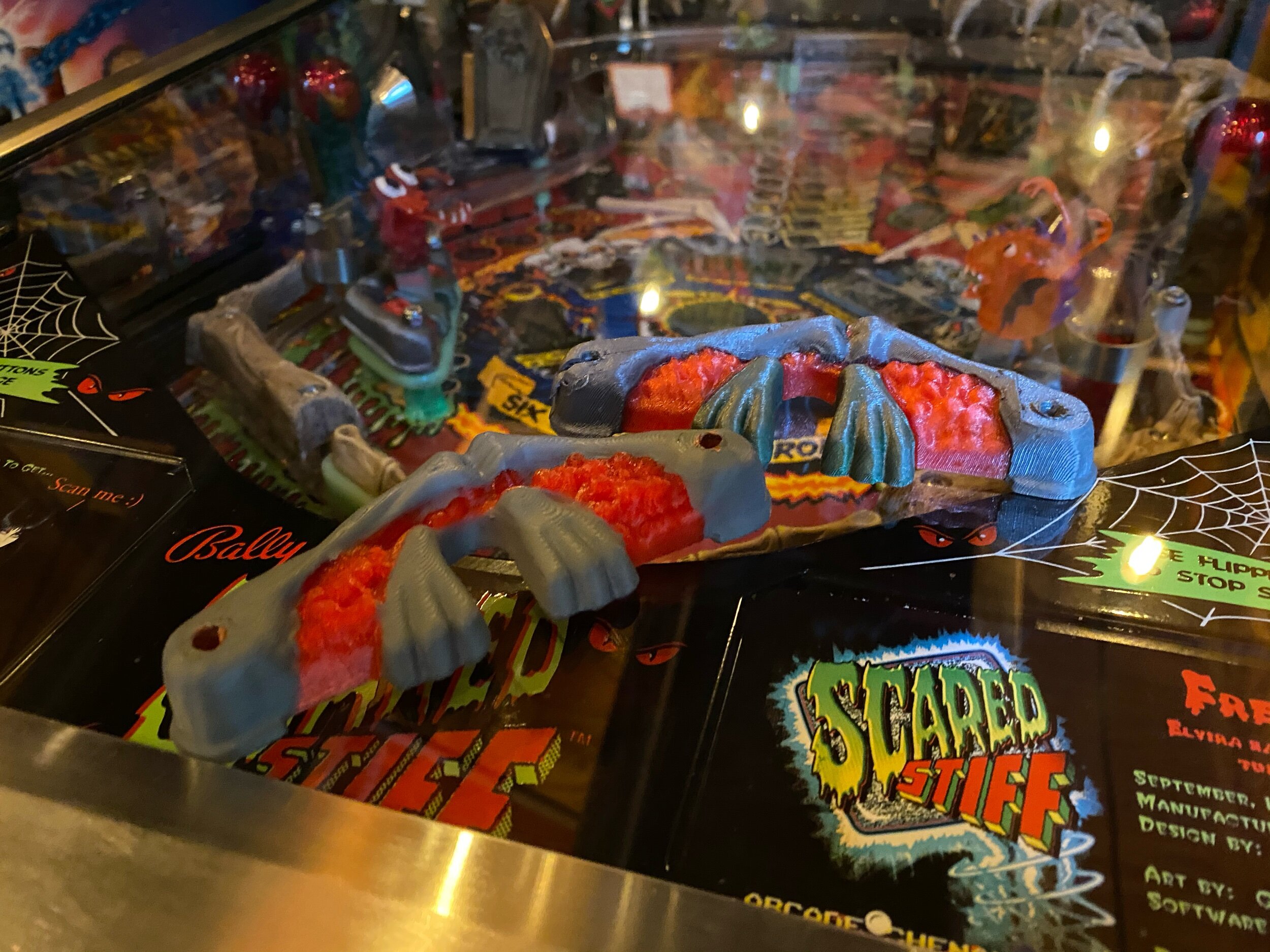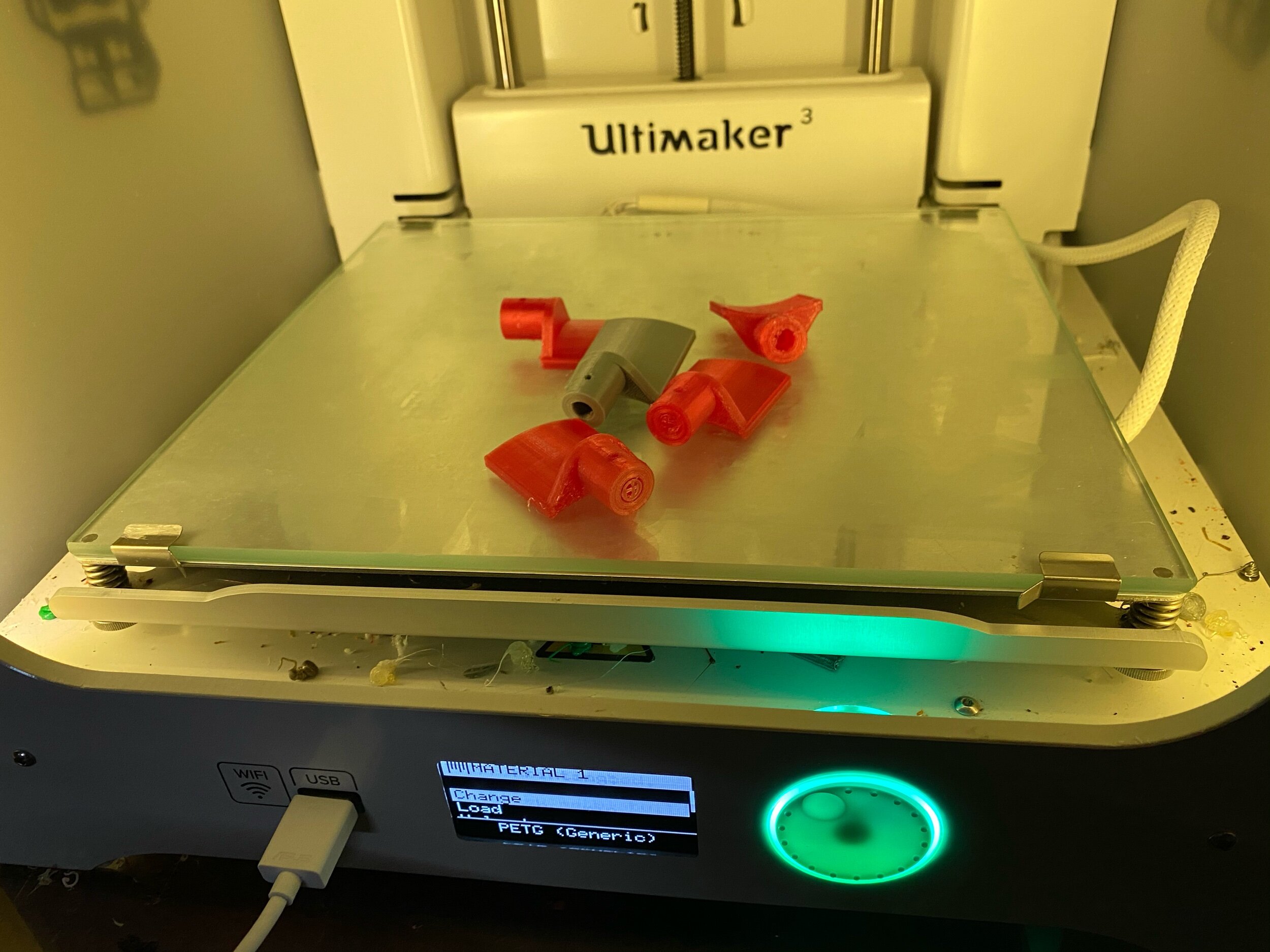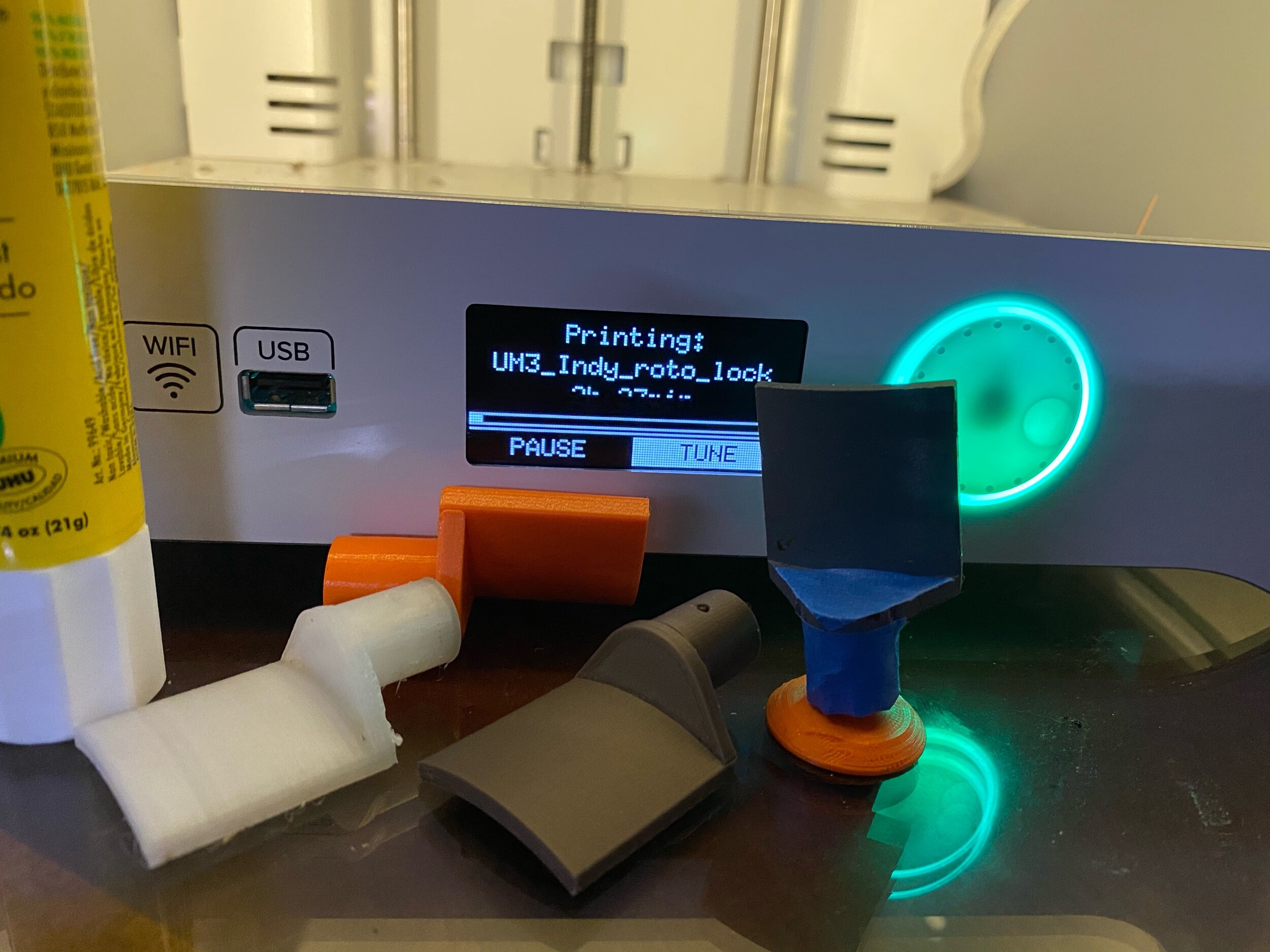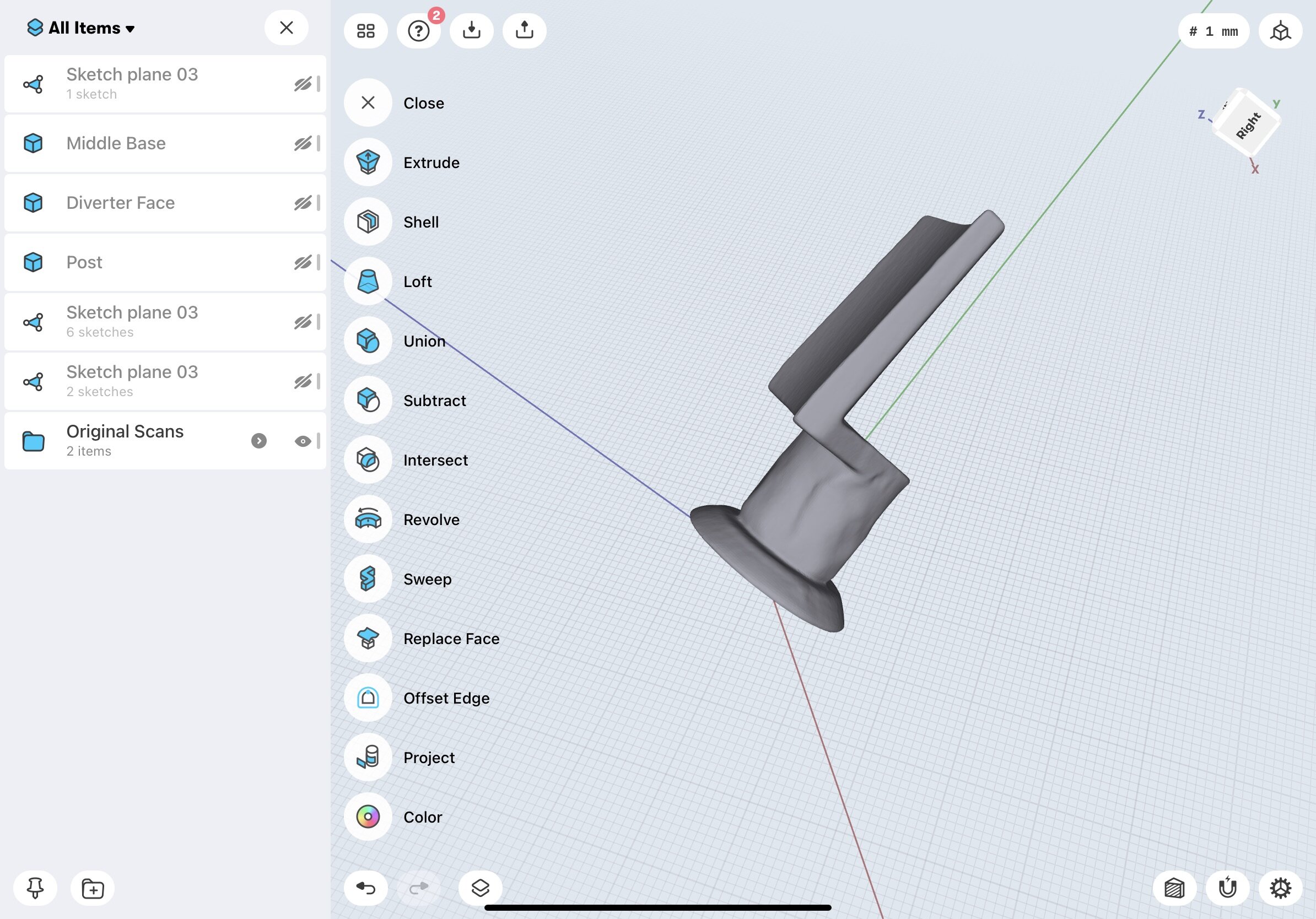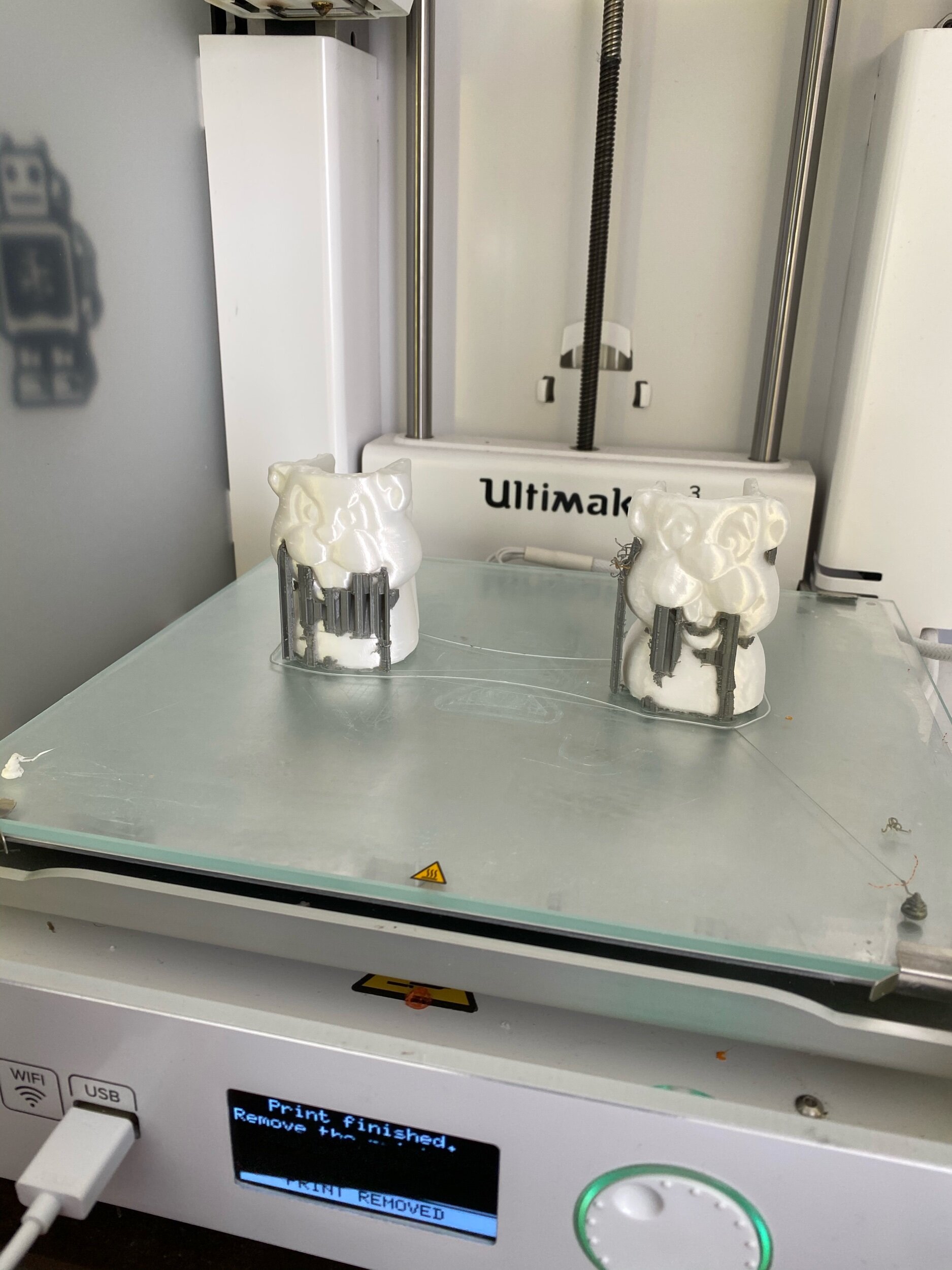Ready Player One (2011)
Members of the Oculus Quest team were all given copies of Ready Player One and they lifted many concepts from the book in their hardware and software design for the Oculus VR.
As I mentioned in a movie review post a couple years ago, Ready Player One is the sort of book that seemed to be genetically engineered to induce a nostalgia brain-boner for the inner kid in someone like me.
Ready Player One starts in an exposition-filled introduction where the main character, Wayde Watts, introduces the reader to a dystopian vision for the near future in 2045. Wayde is a resourceful kid without much opportunity, relegated to trailer park life in the outskirts of Oklahoma City. Work is scarce, food isn’t plentiful and the times are dangerous. An energy crisis, wars, famine & economic turmoil have ravaged the comparably comfortable society that we currently inhabit. Things are hard, especially for the least fortunate among us and the rich and poor alike seek distraction from the harshness of reality in a Virtual Reality MMO called The OASIS.
One of the OASIS’s cofounders, an eccentric high-functioning autistic genius billionaire named James Halliday, has died. His death triggers a multi-year virtual scavenger hunt to collect keys & solve challenges in search of an Easter Egg hidden somewhere inside the OASIS. These objectives are tied to the co-creator’s passions and interests, which are mostly anchored in 80’s nerd culture. This necessitates a planet-hopping, multi-year adventure that is densely packed with pop-culture references, fueled by 80’s nostalgia and performed by a cast of sympathetic characters. The winner will inherit Halliday’s fortune and control of the company that runs the OASIS, GSS.
Some combination of narrative connective tissue with the protagonist and Halliday and myself has led me to read the book numerous times on paperback or e-Book. Some of the specific references in the book (Joust, Wargames, Pac-man, Zork, Monty Python’s Holy Grail) ring the bell to bring out my inner 10 year old. That BBS-hopping, BASIC text-adventure-game-making nerd kid was me. When I wasn’t playing in the woods or in the tire-fields around our trailer, I was on the C64 spending hours on Aztec Challenge, Lode Runner, Donkey Kong, Law of the West & Snokie
When I first heard that Spielberg was going to be helming the film project, I was really hopeful that the movie would be a hit. It was commonly accepted that a direct translation of book to movie wouldn’t be feasible on terms of product licensing, alone.
The hook for me in the original story was the kid-adventure aspect of discovery of the Tomb of Horrors. It had the “treasure in your backyard” Goonies vibe as Parzival came to the realization the first key was hidden on planet Ludis, accessible to him despite his low-character strength and lack of wealth.
I never would have guessed that the writer of Goonies would opt instead to eliminate the entire “kid adventure in your backyard” vibe in favor of a CG-Fueled Death Race clone with no real soul or story. I would liked to have been a fly on the wall for how that came to pass.
Any chances of seeing Parzival traverse the Tomb of Horrors to ultimately confront Acererak in a Joust match are now relegated to fan-creations.







